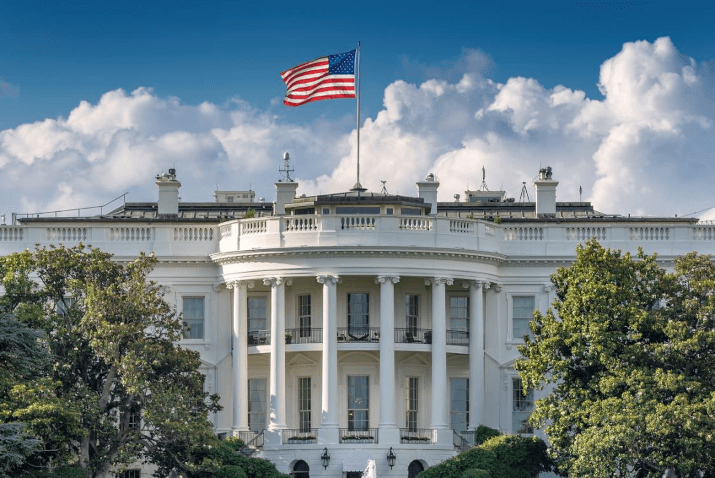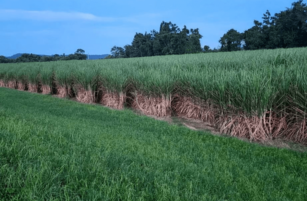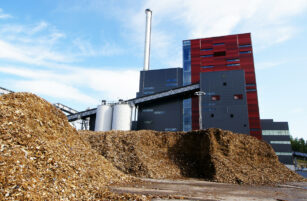Insight Focus
Mexican and Canadian sugar flows are unaffected for the time being. CAFTA trade is liable for 10% import duty. It’s unclear today if TRQ sugars will pay the new tariffs – we suspect they will.
New American Tariffs
President Trump has signed a new Executive Order applying tariffs on many goods entering the US.

The tariffs have been applied due to “large and persistent annual trade deficits” with the US. An additional ad valorem 10% duty will be applied to imports from all trading partners from April 5, 2025. The countries at this base rate are those with trade surpluses with the US, or insignificant trade deficits.
Some selected countries will have an additional ad valorem duty applied from April 9, 2025. The additional duty is in proportion to the size of the countries’ trade deficits with the US.
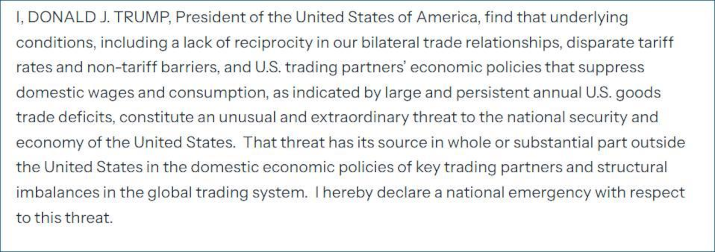
Canada and Mexico are exempt from this move as they are subject to other tariff policies. Cuba, North Korea, Russia and Belarus are also exempt as they are heavily sanctioned, so the US considers that it has no trade with them.
The US has also threatened to increase or expand in scope the duties if any trading partner uses retaliatory measures, such as tariffs or currency devaluation. Nevertheless, most American trade partners are preparing reciprocal tariffs.
Sugar Impact
Because Canada and Mexico are subject to other tariff action – a proposed 25% duty – USMCA goods are not subject to this new order. This means for the time being that Mexican and Canadian sugar can enter the US without paying import duty as before.

We are not clear yet whether raw sugar Tariff Rate Quota arrivals will need to pay the additional duties or not. TRQ arrivals are duty-free; however, the latest Executive Order (EO) states that, “it is the policy of the United States to rebalance global trade flows by imposing an additional ad valorem duty on all imports from all trading partners except as otherwise provided herein.” Sugar TRQs are not mentioned in the EO, and so are not “provided herein”, suggesting that they will be subject to the new tariffs.

We have spoken to several participants in the US Sugar sector who have indicated they think TRQ arrivals will pay the tariffs – specifically that the seller is liable for the tariffs. We are awaiting further guidance on this point, and it reflects our current understanding. We urge readers to seek their own legal advice on this matter until the administration provides more clarity.
DR-CAFTA countries are also not explicitly mentioned in the EO, and so we believe that they will also be eligible for additional duties. This is also the understanding of the Guatemalan government, which has reacted angrily to the tariffs, saying, “[the 10% tariff] violates the provisions of DR-CAFTA, a free trade agreement between the US, the Dominican Republic and Central American countries including Guatemala.”
Other Oddities
Not all goods are subject to the tariffs. The White House has provided a list of those that are exempt. These are goods that it considers critical to national security: some energy products, metals, semiconductors, lumber, gold, pharmaceuticals and so on. However, the list of exempt goods means there are several interesting occurrences.
The sweeteners sucralose and acesulfame-K are both exempt from the tariffs, presumably under the pharmaceutical designation. However, imports of sweeteners aspartame and polyhydric alcohols like xylitol will pay the tariffs.
Ethanol and biodiesel imports will pay the tariff, renewable diesel and sustainable aviation fuel imports will not.
Some commodities outside sugar might see large re-engineering of their trade flows. For example, coffee from Brazil (the world’s largest exporter) will pay 10% import duty. Coffee from Vietnam (the world’s second-largest exporter) will pay 46% import duty.
Macroeconomic Considerations
If these tariffs are sustained, they could completely reroute the flow of global goods production and trade. This is a major change for the commodity sector; never before has having a deep understanding of logistics and supply chains been so important. If you would like more guidance on what the tariffs mean for your business, we can help. Please contact us.
A major theme of the tariffs is that, generally speaking, they are high for Asian countries and low for countries in the Americas. This could lead to more investment into infrastructure and manufacturing in the Americas in the longer run. Perhaps Brazil stands to benefit the most?
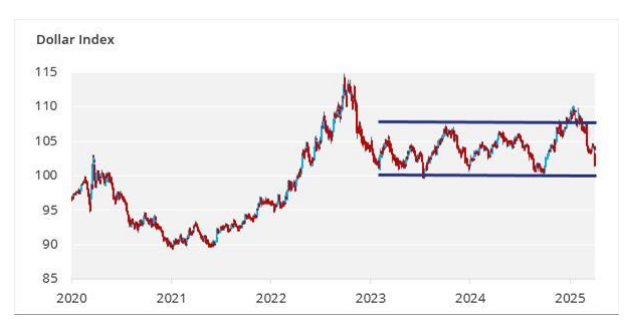
The US Dollar has sharply weakened today. This may reflect the market’s view that either the tariffs will be negotiated away, or reciprocal tariffs will be applied.
Finally, rather than repatriating manufacturing back to the US, there’s a chance that companies repatriate some manufacturing from high tariff countries to base tariff countries. For example, we note that the EU tariff is 20% but the UK tariff is 10%; trade at the land border between Ireland and Northern Ireland might become more interesting…!
